As October began, Iran’s religious dictators were peddling a narrative of imminent triumph on “a momentous day,” Oct. 18. On that day, the 13-year-long U.N. arms embargo imposed on Iranian security forces would expire. U.N. Security Council members Russia and China refused to renew it. Both dictatorships acknowledge they would love to sell weapons to Iran.
According to Tehran’s propagandists and western media apologists, on the momentous day, The Great Satan (the United States) and its malign President Donald Trump would suffer a stinging diplomatic defeat. The regime survived the embargo!
Unlike the Obama administration, the Trump administration understands that the Tehran regime’s propaganda theater masks its desperation. Defeat? Since 2017, the Iranian regime has suffered scores of economic, political, and military defeats, several self-inflicted or exacerbated by regime corruption.
In 2017, the Trump administration re-imposed economic sanctions with the goals of stopping Iran’s nuclear weapons program and penalizing the regime’s malign behavior, such as its vicious oppression of its own people, its waging of proxy wars, its engaging in transnational crime and its seeding violence globally.
U.S. sanctions have devalued Iran’s currency. StrategyPage.com recently reported that in 2015, one U.S. dollar bought 32,000 Iranian rials (open market rate). In September 2020, 260,000 rials bought a buck. Now it takes 315,000. Note Iranian companies importing food and medicine have a subsidized official exchange rate: 42,000 rials to the dollar.
The regime survived the arms embargo, but 2020 rials don’t buy the guns they did in 2015. Sanctions have slashed the rial’s war-making ability. Weapons aren’t food and medicine. Russian and Chinese weapons suppliers expect hard cash or oil.
Analysts estimate Iran’s GDP will shrink 8 percent this year. Corruption, mismanagement, American economic sanctions, and the Wuhan virus/COVID-19 all contribute to the economic decline.
On Oct. 8, the U.S. sanctioned 18 more Iranian banks. The State Department press release specified the U.S. goal as “further depriving the Islamic Republic of Iran of funds to carry out its support for terrorist activities and nuclear extortion that threatens the world.”
On Oct. 13, The New York Times published an editorial ostensibly bewailing the Wuhan virus/COVID-19’s toll in Iran. Iran is “the hardest-hit country in the Middle East,” it said. However, the editorial’s real target was the Trump administration, which “has shown little mercy” to Iran. As the death toll mounts, “the administration is adding new sanctions on a country ... already struggling to buy essential medicines.” Thus, “the new sanctions against these 18 banks are particularly cruel during a pandemic.” The editorial dismissed assurances that the sanctions didn’t apply to food and medicine. In fact, the editorial wanted sanctions dropped because they have “not achieved the ultimate goal of forcing the Iranian government to capitulate to Washington.” (An echo of “the regime survives” mantra?)
Since the 1979 revolution, blaming The Great Satan for Iran’s woes international and internal has been the dictatorship’s permanent information warfare gambit. The Times editorial has the core elements of that schtick, enhanced by ardent tales of Iranian misery.
The editorial, however, sidestepped the regime’s profound responsibility for Iran’s savage pandemic. As the virus spread, the regime downplayed its threat and avoided doing anything to offend China. China has a U.N. veto. Domestically, the regime hyped Islamic clerics claiming Muslims wouldn’t get the disease.
The editorial ignored the regime’s criminal disregard for medical preparation. The State Department’s Oct. 8 press release had the ugly facts. In 2018 and 2019, the regime took “$4 billion from the Iranian National Development Fund for military expenses. And while the Health Ministry was pleading for resources to protect the Iranian people from the outbreak” of COVID, senior regime leaders “increased funding for the Islamic Revolutionary Guard Corps ...”
The regime’s proxy wars took precedence over the pandemic. Iran has a virus mortality rate approaching 6 percent, and regime corruption is a major reason for that terrible statistic, not U.S. policy.
No wonder the ayatollah regime’s most dangerous foe is Iran’s embittered people.
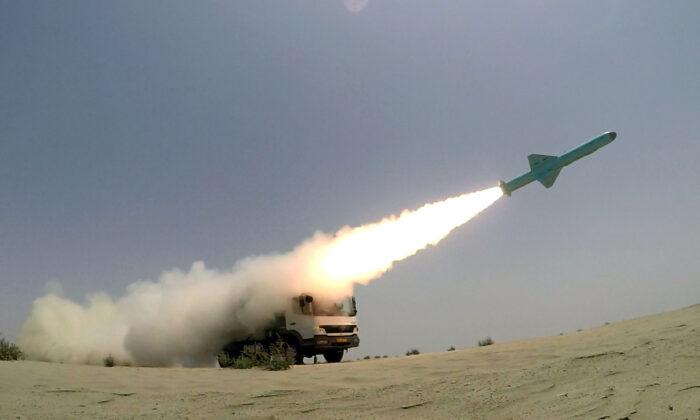

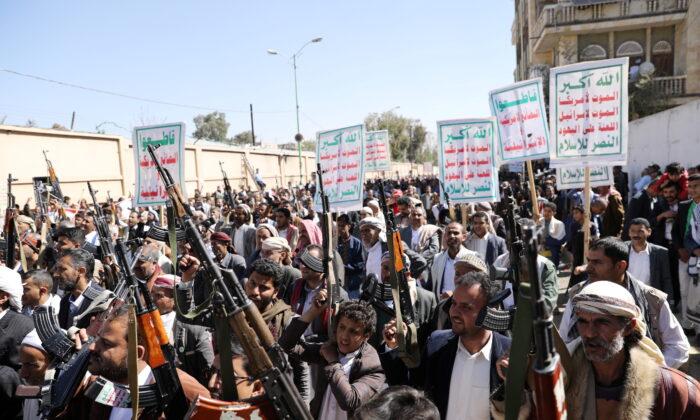
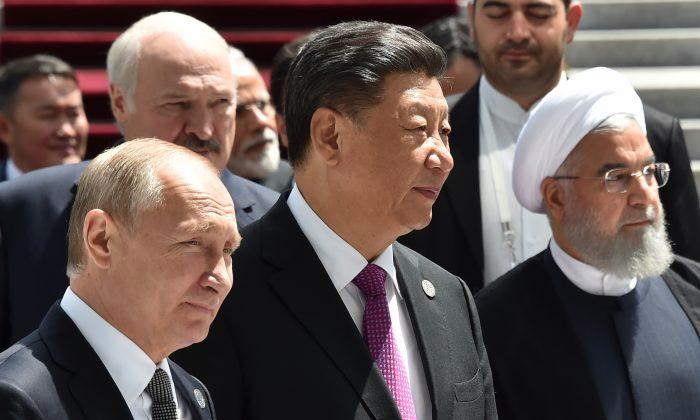
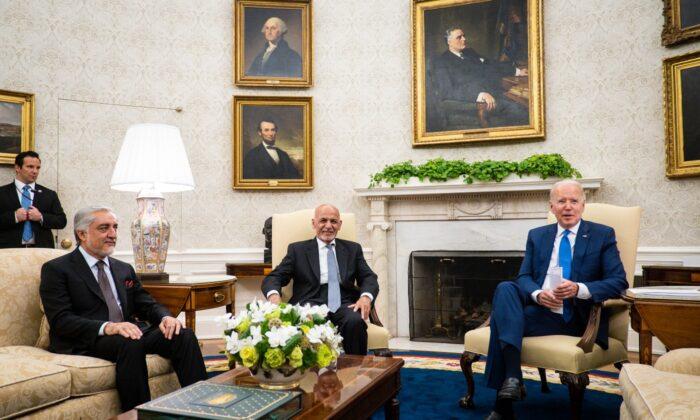
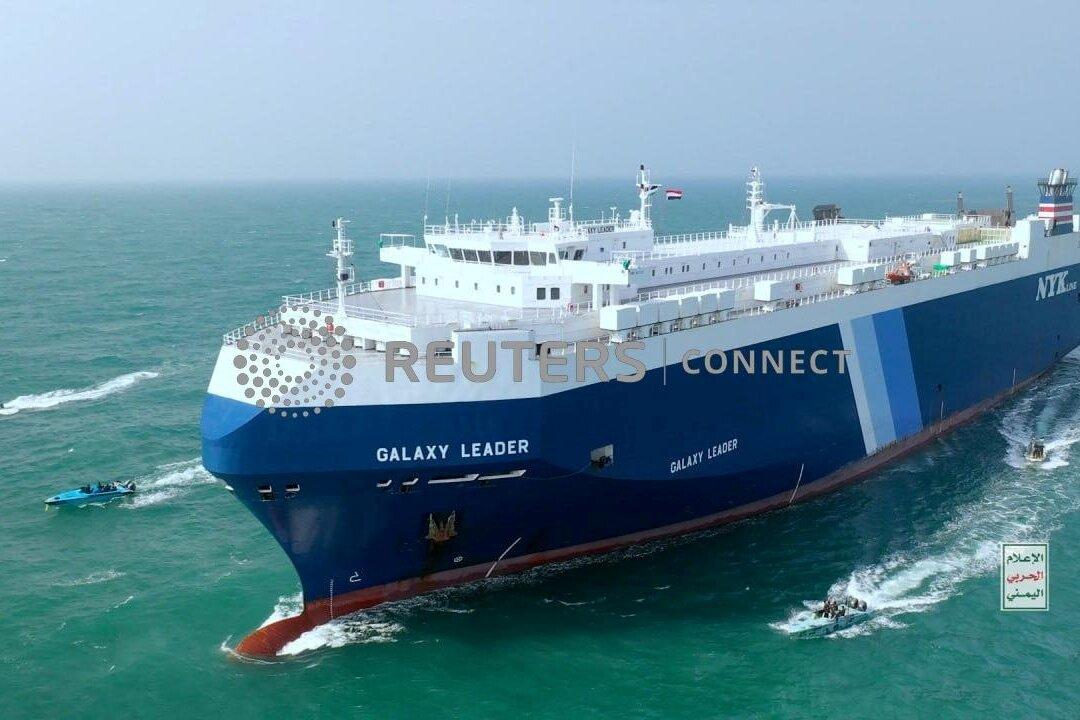
Friends Read Free